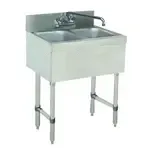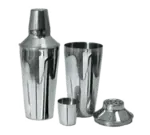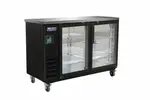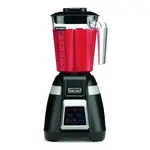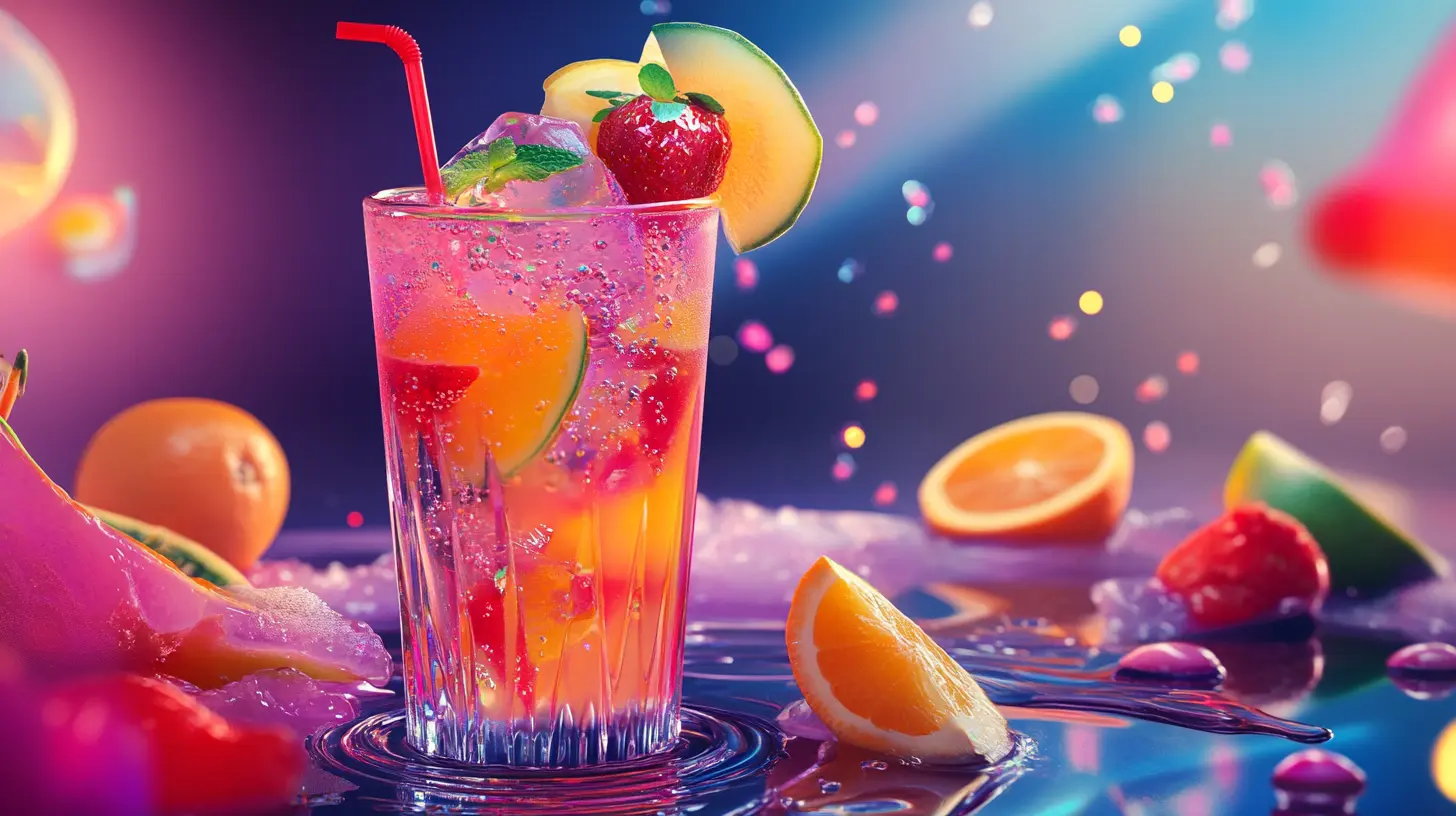
Crafting an Irresistible Restaurant Drink Menu: Strategies and Ideas to Boost Beverage Sales
- Understanding Your Target Audience
- Curating a Balanced and Diverse Selection
- Embracing Seasonal and Local Ingredients
- Mastering Food and Beverage Pairings
- Designing an Appealing and Readable Menu
- Offering Customization and Interactive Experiences
- Incorporating Non-Alcoholic and Health-Conscious Options
- Training Staff for Knowledgeable Recommendations
- Utilizing Technology for Menu Management
- Promoting Through Events and Social Media
- Monitoring Performance and Gathering Feedback
- Conclusion
An enticing drink menu is a cornerstone of a memorable dining experience and a significant driver of a restaurant's profitability. Thoughtfully curated beverages not only complement the culinary offerings but also enhance customer satisfaction and loyalty. This comprehensive guide explores effective strategies and innovative ideas to design a drink menu that captivates patrons and elevates your establishment's beverage sales.
Understanding Your Target Audience
The foundation of a successful drink menu lies in a deep understanding of your clientele. Analyze demographic factors such as age, preferences, and dining habits to tailor your beverage offerings effectively. For instance, a younger crowd might appreciate trendy cocktails and craft beers, while an older demographic may prefer classic wines and spirits. Conducting surveys, gathering feedback, and observing ordering patterns can provide valuable insights into customer preferences.
Curating a Balanced and Diverse Selection
A well-rounded drink menu caters to a variety of tastes and preferences. Consider the following categories to ensure diversity:
- Craft Beers: Offer a selection that includes IPAs, stouts, and lagers to appeal to beer enthusiasts.
- Wines: Provide a range of red, white, and rosé wines, highlighting different regions and grape varieties.
- Classic Cocktails: Include timeless favorites like the Old Fashioned, Martini, and Mojito.
- Signature Cocktails: Develop unique concoctions that reflect your restaurant's theme or culinary focus.
- Non-Alcoholic Options: Incorporate mocktails, fresh juices, and specialty sodas to accommodate all guests.
This approach ensures that every customer finds a beverage that suits their palate, enhancing their overall dining experience.
Embracing Seasonal and Local Ingredients
Integrating seasonal and locally sourced ingredients into your drink menu not only supports local producers but also offers fresh and unique flavors to your patrons. For example, a summer menu might feature cocktails with fresh berries and herbs, while autumn could introduce beverages with apple cider or pumpkin spice. Highlighting these ingredients can create a sense of novelty and encourage repeat visits.
Mastering Food and Beverage Pairings
Effective pairing of drinks with menu items can elevate the dining experience and increase sales. Train your staff to recommend beverages that complement specific dishes. For instance, suggest a full-bodied red wine with a steak entrée or a crisp white wine with seafood. Including pairing suggestions on the menu can also guide customers in making satisfying choices.
Designing an Appealing and Readable Menu
The design of your drink menu plays a crucial role in influencing customer choices. Keep the following principles in mind:
- Clarity: Use legible fonts and organize items logically.
- Conciseness: Avoid overwhelming customers with too many options; a curated selection emphasizes quality.
- Descriptions: Provide brief, enticing descriptions that highlight key ingredients and flavor profiles.
- Visual Appeal: Incorporate tasteful graphics or images that align with your restaurant's branding.
A well-designed menu not only informs but also entices customers to explore your beverage offerings.
Offering Customization and Interactive Experiences
Allowing customers to customize their drinks can enhance satisfaction and engagement. Offer options for selecting different mixers, garnishes, or spirit bases. Interactive experiences, such as tableside cocktail preparation or tasting flights, can also add an element of entertainment and education to the dining experience.
Incorporating Non-Alcoholic and Health-Conscious Options
With a growing emphasis on health and wellness, including non-alcoholic and low-calorie beverages caters to health-conscious patrons and designated drivers. Crafted mocktails, infused waters, and kombucha are excellent additions that provide flavorful alternatives without alcohol. To round out your drink offerings and boost bar efficiency, consider adding well drinks to your menu—simple, popular cocktails made with house liquors.
Training Staff for Knowledgeable Recommendations
Your staff should be well-versed in the drink menu to provide informed recommendations and enhance the customer experience. Regular training sessions can equip them with knowledge about flavor profiles, ingredient origins, and pairing suggestions, enabling them to upsell effectively and authentically.
Utilizing Technology for Menu Management
Implementing digital menu solutions allows for easy updates and customization. Digital menus can showcase seasonal specials, provide detailed descriptions, and even include interactive elements like QR codes linking to the stories behind signature cocktails. This flexibility ensures that your drink menu remains dynamic and engaging.
Promoting Through Events and Social Media
Hosting events such as happy hours, tasting sessions, or mixology classes can draw attention to your beverage offerings and attract new customers. Leverage social media platforms to showcase your drinks, share behind-the-scenes content, and engage with your audience through polls or contests related to your drink menu.
Monitoring Performance and Gathering Feedback
Regularly analyze sales data to identify popular items and underperforming selections. Solicit customer feedback to understand their preferences and experiences. This information is invaluable for making informed adjustments to your drink menu and ensuring it continues to meet customer expectations.
Essential Bar Equipment and Supplies to Support Your Drink Menu
To successfully execute a well-rounded beverage menu, having the right bar equipment and supplies is crucial. A fully stocked bar should include essentials like cocktail shakers, jiggers, muddlers, strainers, bar spoons, and mixing glasses to prepare both classic and signature cocktails. Refrigeration units such as underbar coolers and ice machines are vital for keeping ingredients fresh and ensuring a steady supply of ice. Glassware is equally important—stock various types including wine glasses, highball and lowball glasses, beer mugs, martini glasses, and shot glasses to properly present each drink. Don’t overlook garnishing tools like peelers, zesters, and citrus juicers, as well as basic supplies like napkins, straws, and beverage nap mats. Having an organized back bar with labeled bottles and easy access to mixers, syrups, bitters, and garnishes ensures efficiency and consistency in drink preparation, ultimately elevating the customer experience.
Conclusion
A thoughtfully crafted drink menu is more than a list of beverages; it's an integral part of the dining experience that can significantly impact customer satisfaction and restaurant profitability. By understanding your audience, curating a balanced selection, embracing seasonal ingredients, and focusing on design and staff training, you can create a drink menu that not only complements your culinary offerings but also stands out in a competitive market. Regularly updating and promoting your beverage options will keep your menu fresh and exciting, encouraging patrons to return and explore new flavors.

